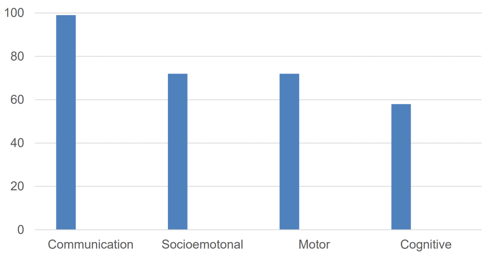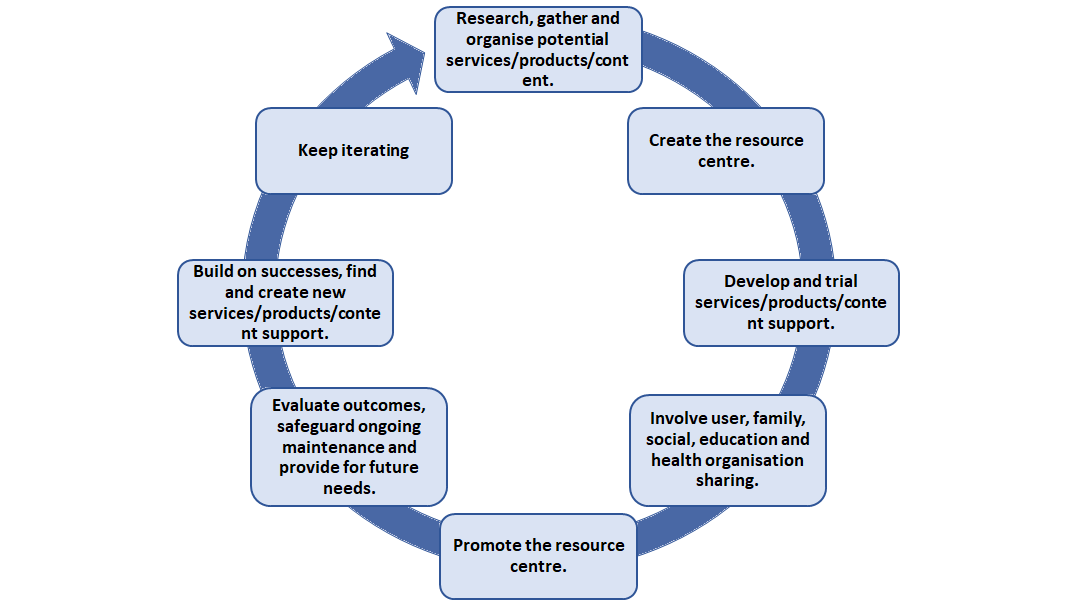Knowledge Base
Content
1a. Starting Point
Updated by Global Symbols with UNICEF ECARO

There are many services and settings that can be starting points for implementing an initiative, but initially it is important to appreciate the profile of young childre in need of AAC as they may include those with:
- Autism Spectrum Disorder
- Intellectual disability
- Developmental childhood apraxia of speech
- Cerebral palsy
The difficulties experienced may be co-occurring and wide ranging as seen by those using the Cboard app.

However, the benefits of AAC for young children have been widely researched with the following quotes.
"Early Implementation of AAC can help in the development of language and natural speech."
(Romski et al., 2010; Lüke, 2014; Wright, Kaiser, Reikowsky, & Roberts, 2013)
"It can also increase vocabulary for children who are 3 years old and younger."
(Romski, Sevcik, Barton-Hulsey, & Whitmore, 2015).
"Using AAC with preschool-age children has been found to increase the development of grammar and multi-symbol utterances."
(Binger & Light, 2007; see Romski et al. [2015] for a review; L. Harris, Doyle, & Haff, 1996).
"AAC can aid in decreasing the frequency of challenging behaviors that may arise from communication breakdowns."
(Carr & Durand, 1985; Drager, Light, & McNaughton, 2010; Robinson & Owens, 1995; Mirenda, 1997).
Examples of the services available:
- early childhood intervention (ECI), (Concepts of Early Intervention - Croatia)
- inclusive education settings, (UNICEF Inclusive education)
- specialised speech therapy services, (ISAAC - How is AAC supported)
- and resource centres supporting the inclusion of children with disabilities.

Having established an initial baseline, it is possible to define a set of requirements and a course of action for the introduction of AAC solutions that are based on the availability of resources.
There are many elements that make up an AAC ecosystem, and they can be addressed in different ways from country to country.

Although a policy environment is very important, this approach builds on the premise that existing awareness, support, assessment and evaluation, provision of products, training, research and coordination are sufficiently conducive for implementation of AAC solutions. It may not always be possible to ensure that all elements of the AAC ecosystem are well regulated or enabled (for example, procurement of AT, clear roles of stakeholders in the AAC ecosystem).